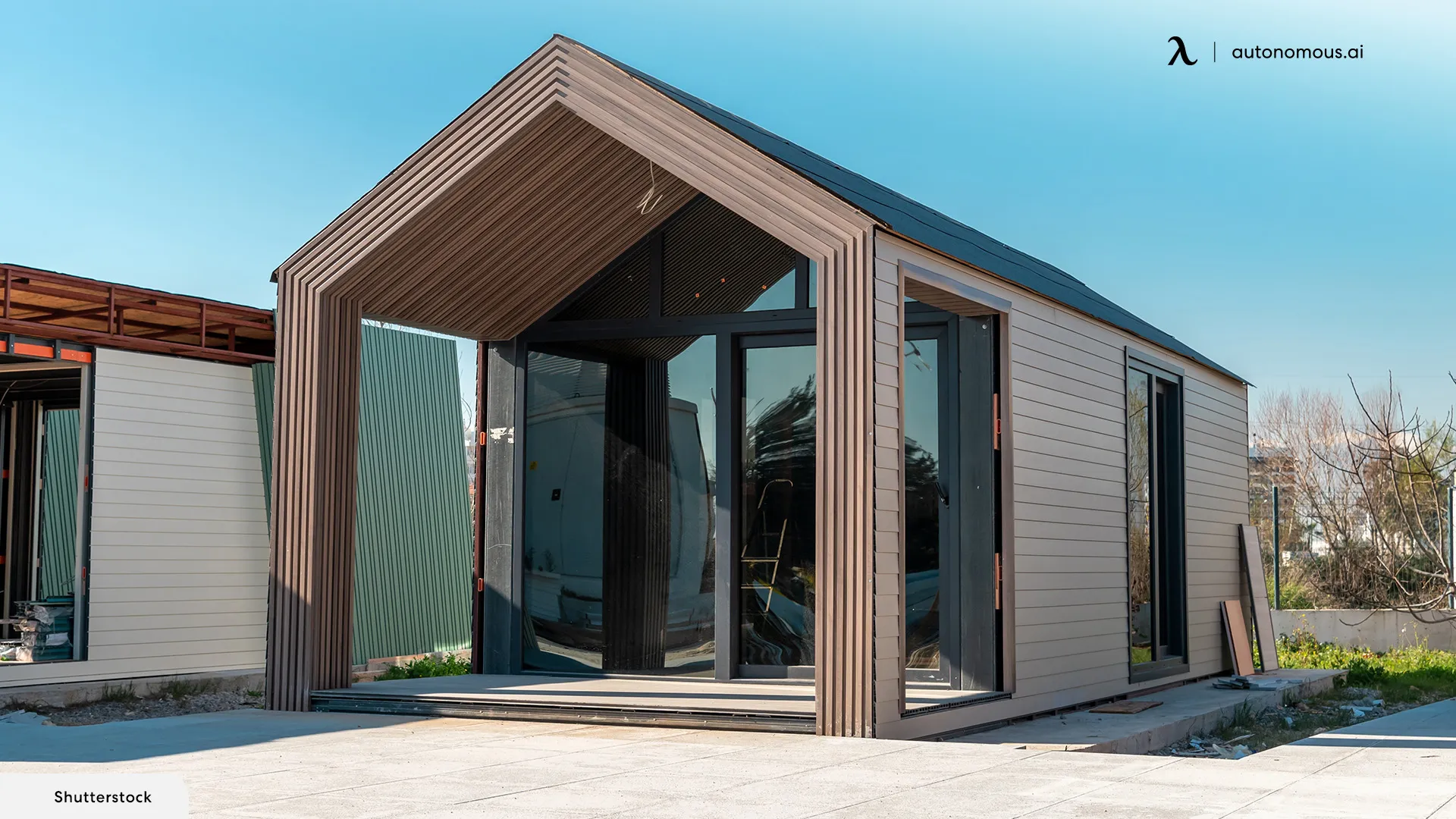
How Much Does It Cost to Build an ADU in the Bay Area?
Table of Contents
In the Bay Area, constructing an ADU involves navigating a complex landscape of costs influenced by various factors. Understanding these elements and new ADU laws California 2024 is crucial for homeowners considering ADU construction in the region. Let's explore ADU costs in the Bay Area!
Cost Breakdown by Stage for Building an ADU
The cost to build ADU in Bay Area includes four main phases:
1. Feasibility Study
This stage involves a flat fee for the Adapt Feasibility Study.
It includes an on-site inspection and customized financial analysis.
The feasibility study helps determine the viability of the ADU project and provides essential insights into potential costs and challenges.
2. Design
Costs in this phase are scoped by the architect based on the findings of the feasibility study.
The design phase typically accounts for 10-20% of the overall project cost.
The fee structure for this phase is fixed based on the completion of major milestones.
The design phase focuses on creating detailed plans and specifications for the ADU construction.
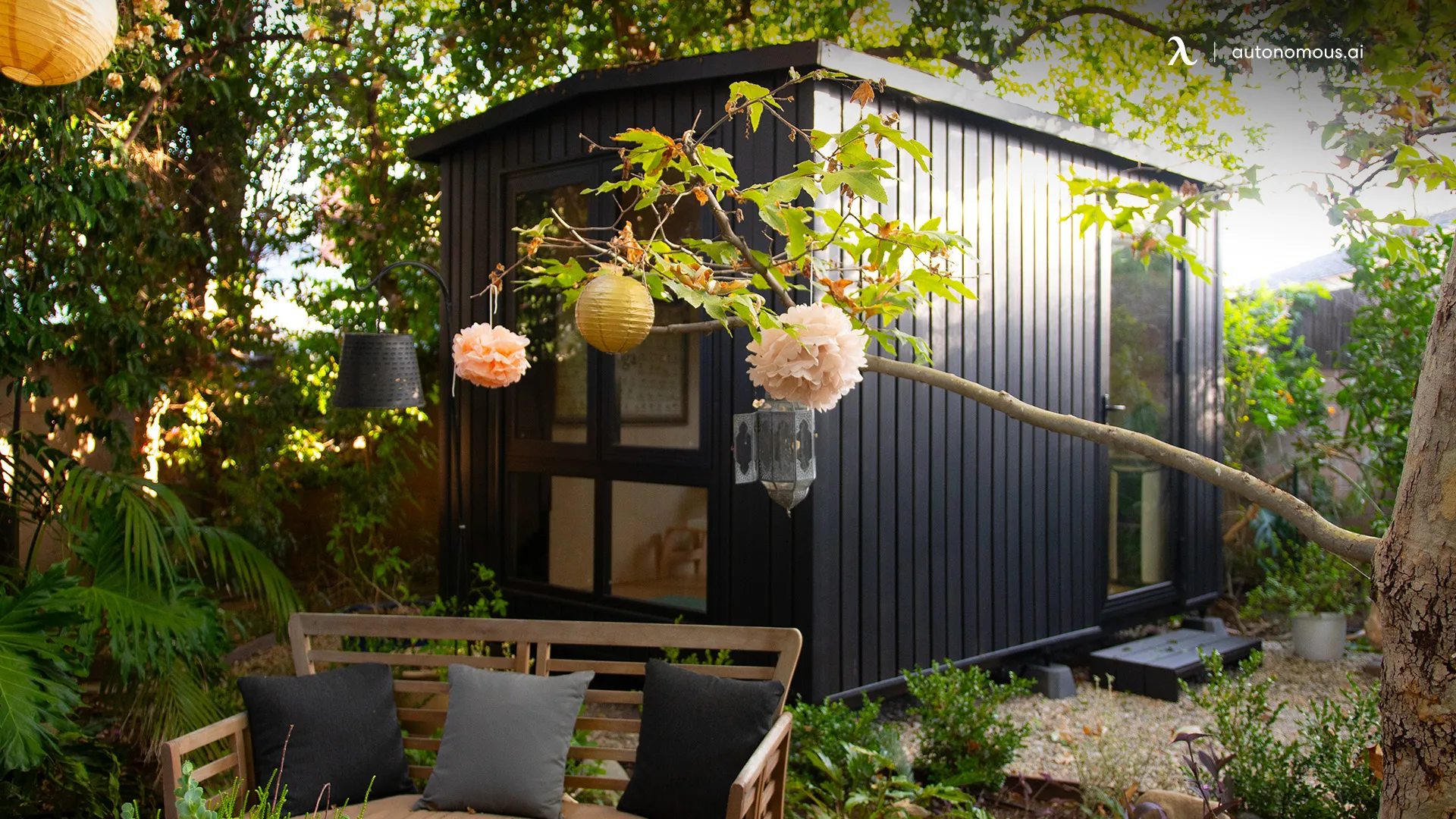
3. City Approval
Once the design plans are complete, they are submitted to the local jurisdiction for approval.
Costs during this stage are billed on an hourly basis for plan checks and comments until plans are approved.
Expertise in the ADU process and local regulations helps minimize the time and cost required for approval.
4. Construction
The bulk of the cost of building an ADU is incurred during the construction phase.
Contractors typically quote prices on a per-square-foot basis.
ADU construction costs in the Bay Area can range from $200 to $400 per square foot, depending on factors such as labor demand and material prices.
If converting existing habitable space, costs may be lower.
Permit fees, usually in the range of 5-10% of estimated construction costs, may also be required during this stage.
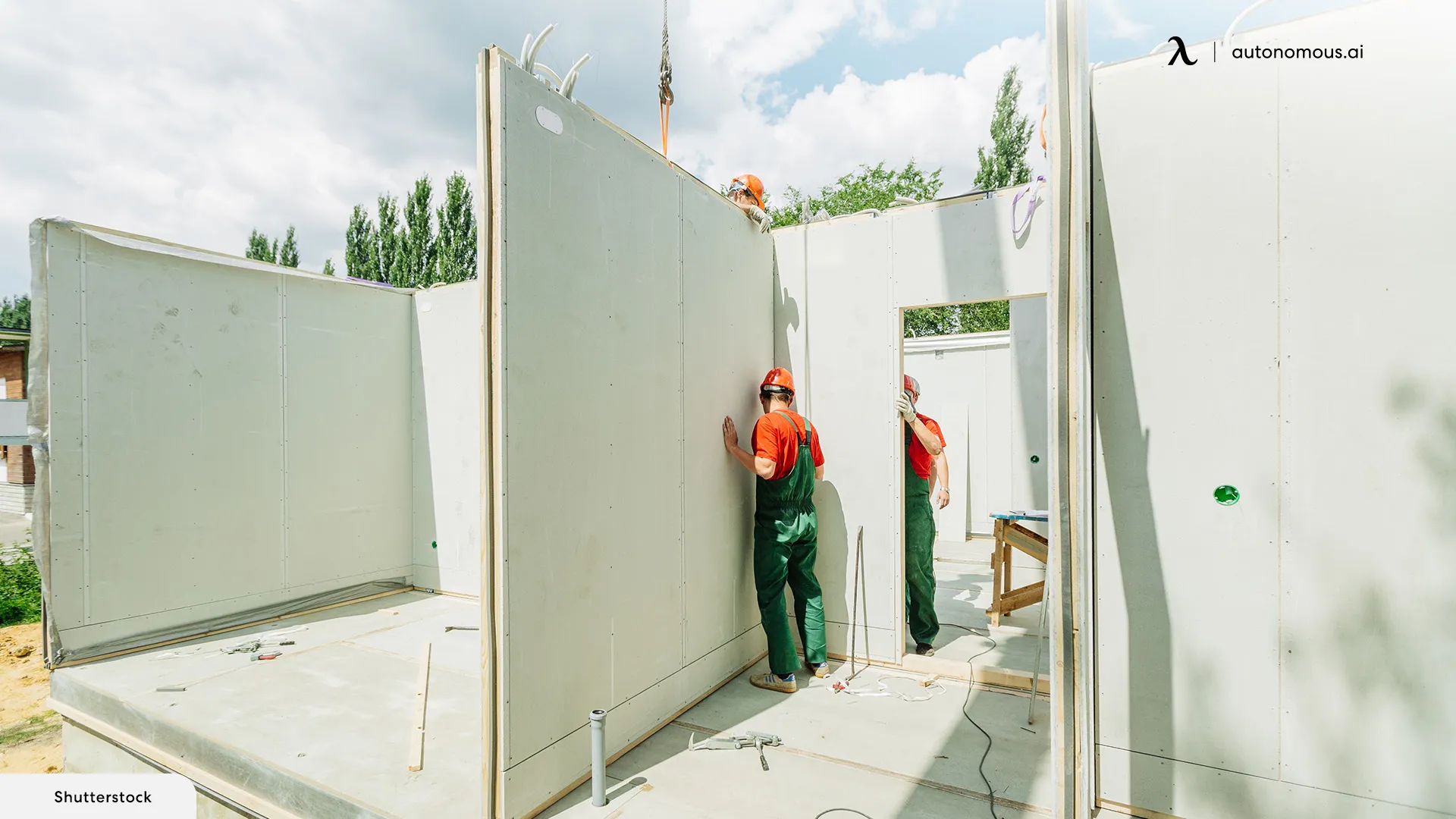
Factors that Affect the Cost of ADUs in Bay Area
By understanding the cost dynamics and planning accordingly, homeowners can successfully navigate the process and learn about ADU requirements California locals should know. Here is a breakdown:
1. Construction Costs
The Bay Area's construction costs for ADUs are among the highest in California, primarily due to labor expenses and stringent regulations. On average, construction costs range from $350 to $800 per square foot. Considering the typical size of ADUs at around 615 square feet, total construction expenses can span from $215,250 to $492,000 or higher.
2. Permit Fees
Obtaining permits is a necessary step in ADU construction, and the associated fees can vary widely across municipalities. In the Bay Area, permit fees can range from approximately $1,800 to $8,000, depending on the city and the complexity of the project. In certain areas, there are California ADU grants that make it a bit cheaper.
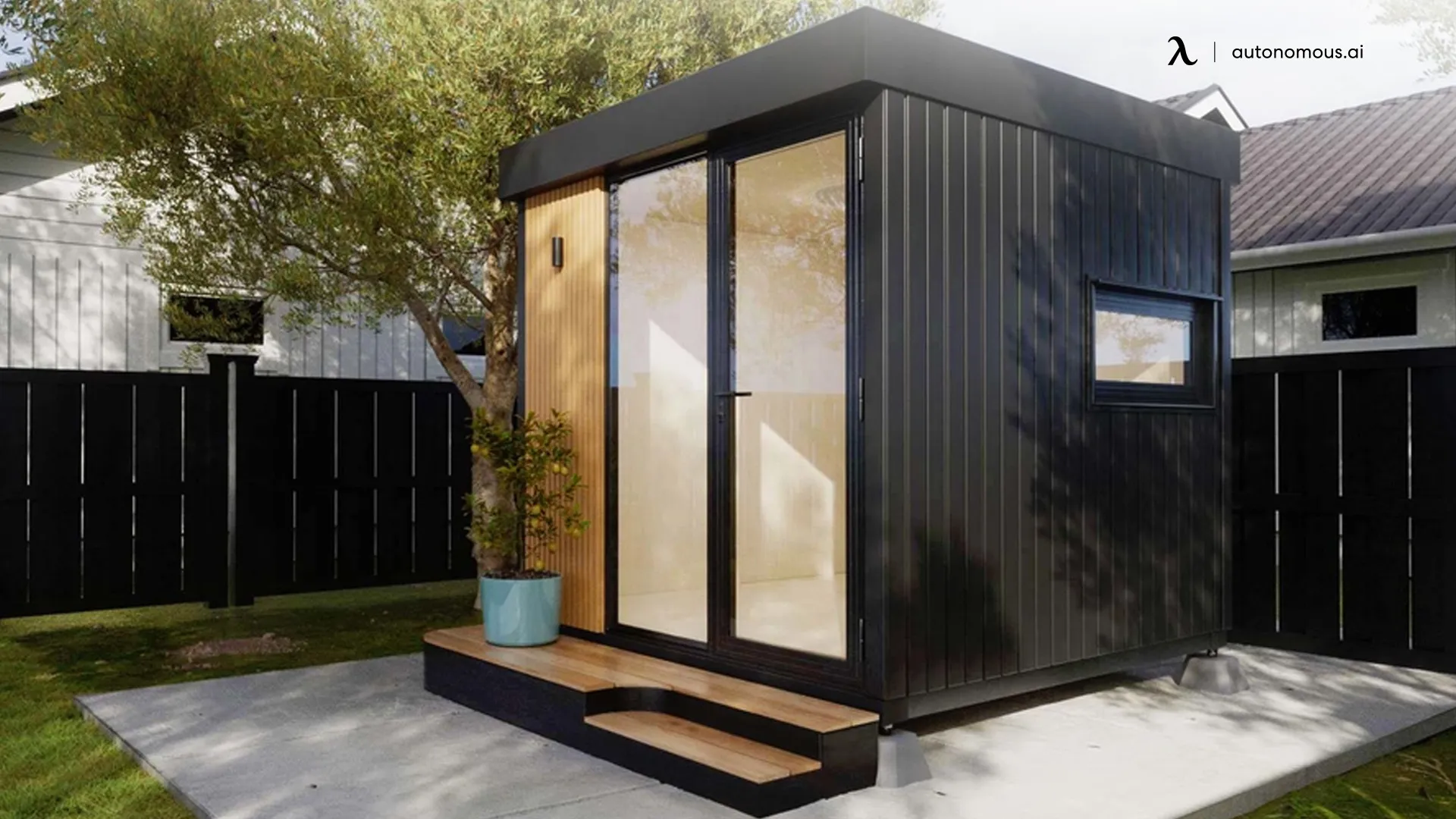
3. Site Preparation
Before construction begins, adequate site preparation is essential. This includes clearing space on the property and laying the foundation for the ADU. Site preparation costs typically range between $10,000 and $15,000, contributing significantly to the overall project budget.
4. Design Elements and Furnishing
Customizing the ADU with specific design elements and furnishing it to meet personal preferences adds to the total cost. These expenses can vary depending on individual choices and the desired quality of materials used. Homeowners should budget accordingly for these aspects of the project.
Considering these factors collectively, the total cost to build an ADU in the Bay Area can vary significantly, ranging from approximately $231,250 to $515,000 or more. Homeowners must conduct thorough research, obtain detailed quotes from local contractors, and carefully consider their budget constraints before embarking on an ADU construction project.

Advantages of Prefab ADU
Despite prefab ADU Bay Area costs, building one offers a multitude of benefits, making it an attractive option for homeowners. Here's a detailed exploration of the advantages:
1. Additional Rental Income
One of the most significant benefits of constructing an ADU is the potential to generate additional rental income. With the high demand for housing in the Bay Area, particularly in cities like San Francisco and San Jose, ADUs provide an opportunity for homeowners to earn supplemental income by renting out their units to tenants. This extra income can help offset mortgage payments, property taxes, and other expenses, improving the homeowner's overall financial stability.
2. Multigenerational Living
ADUs offer a solution for multigenerational families looking to live together while maintaining privacy and independence. In the Bay Area, where housing costs are excessive, ADUs provide an affordable housing option for adult children, elderly parents, or extended family members. By having a separate living space on the same property, families can enjoy proximity while still retaining individual living arrangements.
3. Increased Property Value
Adding an ADU to a property in the Bay Area can significantly increase its market value. The region's competitive real estate market and housing shortage make properties with ADUs highly desirable to potential buyers. Additionally, the versatility of ADUs appeals to a wide range of buyers, from investors seeking rental income to families looking for flexible living arrangements, thereby enhancing the property's marketability and resale potential.
4. Flexibility and Versatility
ADUs offer flexibility in their use, serving a variety of purposes depending on the homeowner's needs. Besides serving as rental units or housing for family members, ADUs can function as home offices, studios, guest suites, or even short-term rentals through platforms like Airbnb. This versatility allows homeowners to adapt the space to their changing lifestyle or financial goals over time.
5. Environmental Sustainability
Building ADUs promotes sustainable development by maximizing land use efficiency and reducing urban sprawl. By utilizing existing infrastructure and land, ADUs contribute to more sustainable communities and help alleviate the strain on resources and infrastructure associated with traditional suburban expansion.
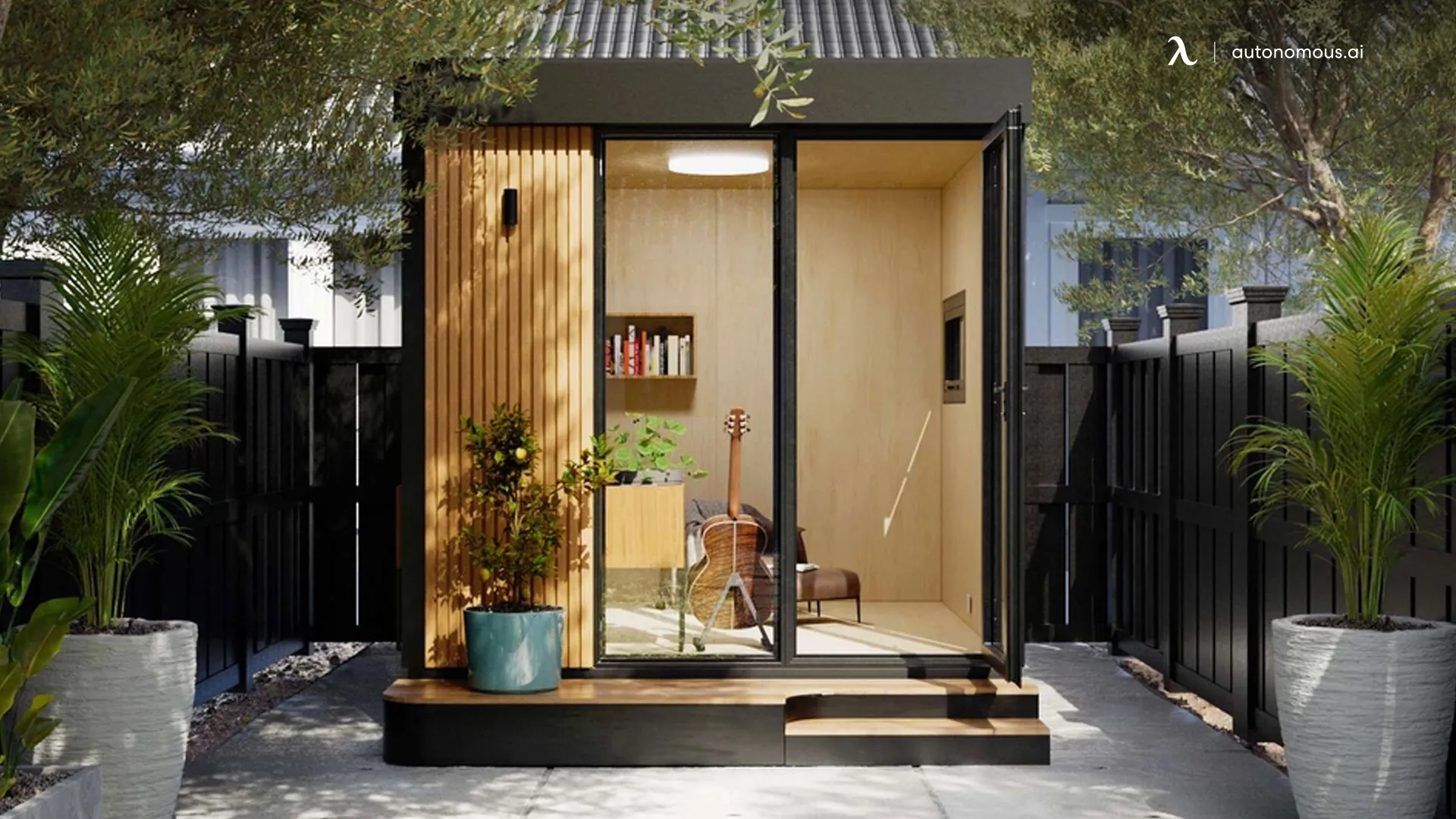
How Big Can an ADU Be in California?
In California, ADUs can typically range from a minimum of 150 square feet to a maximum determined by local zoning regulations. These regulations often allow ADUs up to 1,200 square feet or larger on certain properties.
Conclusion
We hope you have an idea now about the cost breakdown of ADUs in the Bay Area, and have some insights on California ADU size limit. You can also explore options for prefab ADUs in Los Angeles and prefab ADUs in San Diego here!
Subscribe for a 10% discount on your first order.
Sign up for our weekly update and be the first to know about our specials & promotions.
Spread the word


/https://storage.googleapis.com/s3-autonomous-upgrade-3/production/ecm/240514/welcome-new-user-may-2024-1920x540-CTA-1-min.jpg)
/https://storage.googleapis.com/s3-autonomous-upgrade-3/production/ecm/240515/720x1200-CTA(1).jpg)
/https://storage.googleapis.com/s3-autonomous-upgrade-3/production/ecm/230914/bulk-order-sep-2023-720x1200-CTA-min.jpg)
/https://storage.googleapis.com/s3-autonomous-upgrade-3/production/ecm/240507/pod-may-2024-offer-720x1200-CTA-min.jpg)
/https://storage.googleapis.com/s3-autonomous-upgrade-3/production/ecm/230824/image_tMoN47-V_1692155358869_raw-93ed49d8-7424-464e-bdfe-20ab3586d993.jpg)